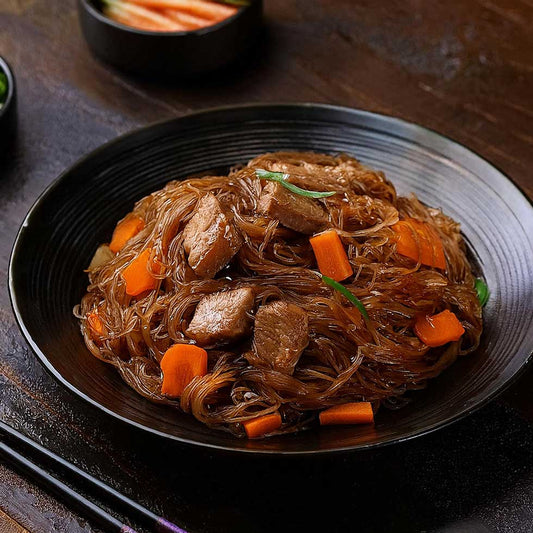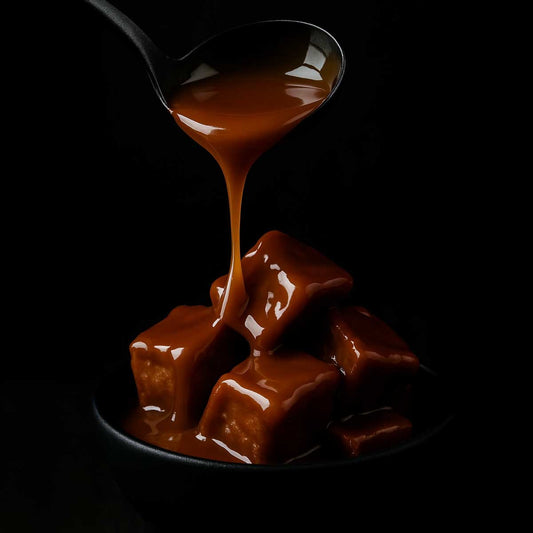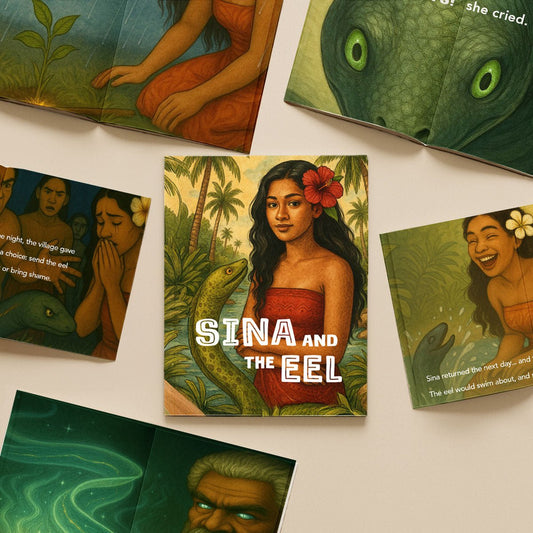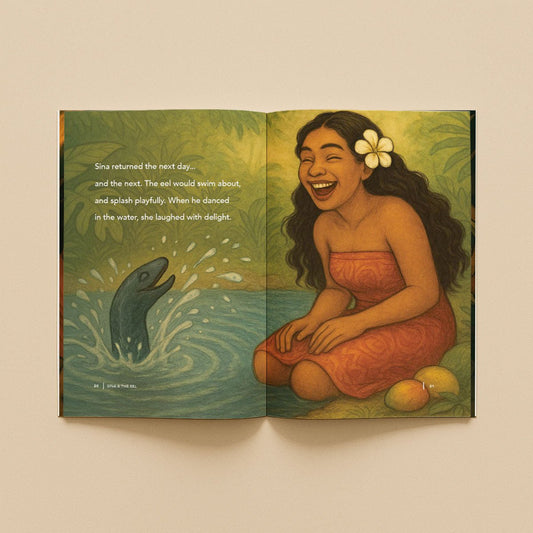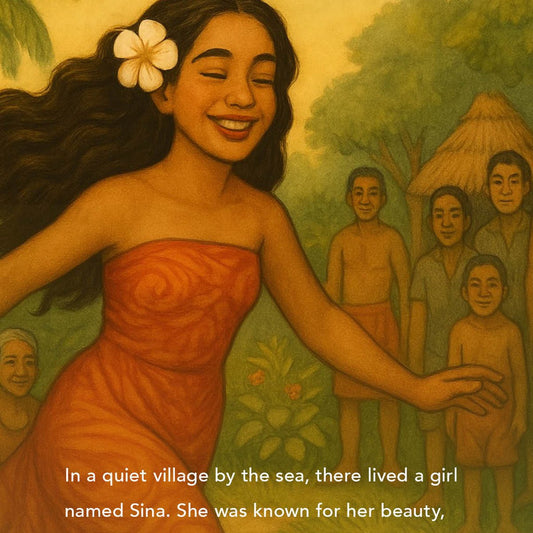Unveiling the Ancient Mariners: Where the Samoan People Come From
The Samoan Islands, an archipelago of breathtaking beauty nestled in the heart of the South Pacific, are more than just a tropical paradise. They are the cradle of Polynesia, a vital stepping stone in one of the most remarkable migration stories in human history. When we ask, "Where are the Samoan people from?" we embark on a journey that spans continents, traces the paths of master navigators, and uncovers a culture whose ancient roots are preserved in its very way of life, known as Fa'a Sāmoa. The answer lies in a powerful combination of oral tradition, linguistic connections, and irrefutable archaeological evidence that dates back thousands of years. This article will navigate the currents of history, from the origins of the Polynesian people to the establishment of the oldest civilization in Polynesia, to provide a definitive answer.
The Deep Roots: Samoa as the Polynesian Homeland
To understand the origin of the Samoan people, one must first place the Samoan Islands—comprising the independent nation of Samoa and the territory of American Samoa—at the center of the vast Polynesian triangle.
A Stepping Stone in the Pacific
While many Polynesian islands like Hawaii, New Zealand (Aotearoa), and Easter Island (Rapa Nui) were settled later, Samoa is considered part of West Polynesia and is one of the earliest settled island groups in the entire region. This fact elevates Samoa to a status of immense cultural importance:
- The Oldest Culture: Archaeological evidence suggests that the Samoan Islands were settled as early as 1000 BCE (Before the Common Era), making the Samoan culture the oldest known in Polynesia.
- The "Hawaiki" Debate: In many Polynesian oral traditions, the concept of a shared ancestral homeland called Hawaiki exists. While the location of Hawaiki is often debated, one compelling theory suggests that the Polynesian expansion that populated the rest of the Pacific originated from the islands of West Polynesia, with Samoa's largest island, Savai'i, potentially lending its name to the legend.
The Samoan people did not merely arrive; they became a core source of the culture, language, and genetic heritage that would later define the rest of Polynesia.
Tracing the Ancestors: The Lapita Culture
The immediate ancestors of the Samoan people are directly linked to one of the most distinct prehistoric cultures in the Pacific: the Lapita culture.
Who Were the Lapita People?
The Lapita were an Austronesian-speaking people, famous for their distinctive, intricate pottery decorated with geometric designs made by dentate stamping (using a tooth-like tool). They were the spearhead of the second great wave of human expansion into the Pacific.
- The Path: The Lapita voyagers began their journey in Island Southeast Asia, likely from the area of Taiwan and the northern Philippines, moving through Melanesia (around New Guinea and the Solomon Islands).
- The Arrival in Remote Oceania: Between 1600 BCE and 1000 BCE, the Lapita people successfully breached the vast, previously uncrossed expanse of the open Pacific Ocean, an achievement known as the Polynesian dispersal. Their earliest sites in Remote Oceania are found in Fiji, Tonga, and most importantly, Samoa.
- Archaeological Proof: The oldest, most definitive evidence of human settlement in Samoa is the discovery of Lapita pottery shards at the Mulifanua site on the island of Upolu, carbon-dated to around 1000 BCE. This evidence confirms that the earliest settlers of Samoa were directly related to the Lapita culture.
The Lapita people brought with them the foundation of Polynesian language, culture, domesticated animals (pigs, chickens, dogs), and staple crops like taro, yams, and breadfruit, setting the stage for the flourishing Samoan civilization.
From Lapita to Samoan: The Birth of Fa'a Sāmoa
Over time, the Lapita culture in West Polynesia evolved, shedding its distinctive pottery tradition (which disappeared from the archaeological record around 200 CE) but solidifying its social, linguistic, and cultural structure. This transformation marked the emergence of the classic Fa'a Sāmoa (The Samoan Way).
Linguistic Isolation and Unity
The Samoan language belongs to the Polynesian sub-branch of the Austronesian language family. The languages of West Polynesia—Samoan, Tongan, and Fijian (which is linguistically Melanesian but heavily influenced by Polynesian culture)—are crucial because they show a clear connection to the Lapita language. Divergence: While the initial Lapita settlement was shared with Tonga and Fiji, Samoa’s culture began to develop independently, creating the unique structure of its matai (chiefly) system and its specific customs.
The Golden Age and Inter-Island Connection
From roughly 1000 AD onward, Samoa entered a phase of complex development marked by powerful chiefdoms and a dynamic relationship with its neighbors:
- Tongan Relations: Oral tradition records periods of both alliance and conflict with the powerful Tu'i Tonga Empire. It is famously said that the islands were eventually freed from Tongan rule by the warrior chief Malietoa Savea, whose name, "Brave Warrior," became a title of high honor.
- Fijian Influence: The Samoans maintained close, often peaceful ties with the Fijian islands, which served as a major cultural exchange hub. Samoan oral tradition credits two Fijian maidens with bringing the tools and knowledge of the sacred art of tatau (Samoan tattoo) to Samoa, forever linking the two cultures through this deeply spiritual practice.
These ancient connections show that the Samoan people did not remain static after their initial settlement; they were continually interacting with, trading with, and influencing the entire region, cementing their role as central figures in the Pacific world.
Modern Samoan Identity: The Global Diaspora
Today, the Samoan people are defined not only by their ancient origins but also by their modern distribution. The Samoan Islands are split into two political entities, and the Samoan population has a vast and influential presence across the globe.
The Independent State of Samoa vs. American Samoa
At the close of the 19th century, the great powers of the time (Germany, the United States, and Great Britain) divided the islands:
- The Independent State of Samoa: Formerly known as Western Samoa, it was controlled by Germany and then New Zealand until it became the first Pacific nation to achieve independence in 1962. Its capital is Apia.
- American Samoa: An unincorporated territory of the United States, with its capital in Pago Pago.
Despite this political separation, the people of both nations share the same language, the same culture, and the same historical identity rooted in Fa'a Sāmoa.
The Global Community
Due to 20th-century migration patterns, the Samoan population is a vibrant global diaspora: New Zealand and Australia: Significant Samoan communities exist in New Zealand, which shares a close historical and political relationship with the Independent State of Samoa. The United States: A large Samoan population lives in the U.S., particularly on the West Coast, often drawn by opportunities for education and work. Wherever Samoan people settle, they bring with them the strength, the communal values, and the fierce pride of their ancestry, making an outsized impact on fields from professional sports to the arts.
Conclusion: The Journey Never Ends
The question of "where Samoan people are from" is a story of epic proportion: The journey starts in Southeast Asia, moves through the Lapita culture, is refined in the crucible of West Polynesia (Fiji and Tonga), and culminates in the establishment of the oldest continuous civilization in the region—the Samoan Islands. The Samoan people, the Tagata Sāmoa, are direct descendants of those masterful navigators who first peered out over the open ocean and dared to sail into the unknown. Their origin is a testament to the enduring human spirit of exploration, and their culture, Fa'a Sāmoa, is a living monument to the rich history of the Pacific.
The profound history and cultural spirit of the Samoan people are captured in every piece we create. Honor the legacy of the Pacific’s ancient mariners. Explore our collection of authentic Samoan products today.







